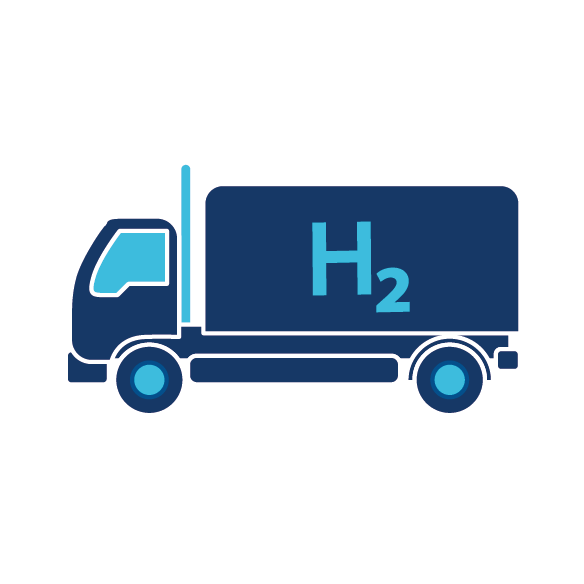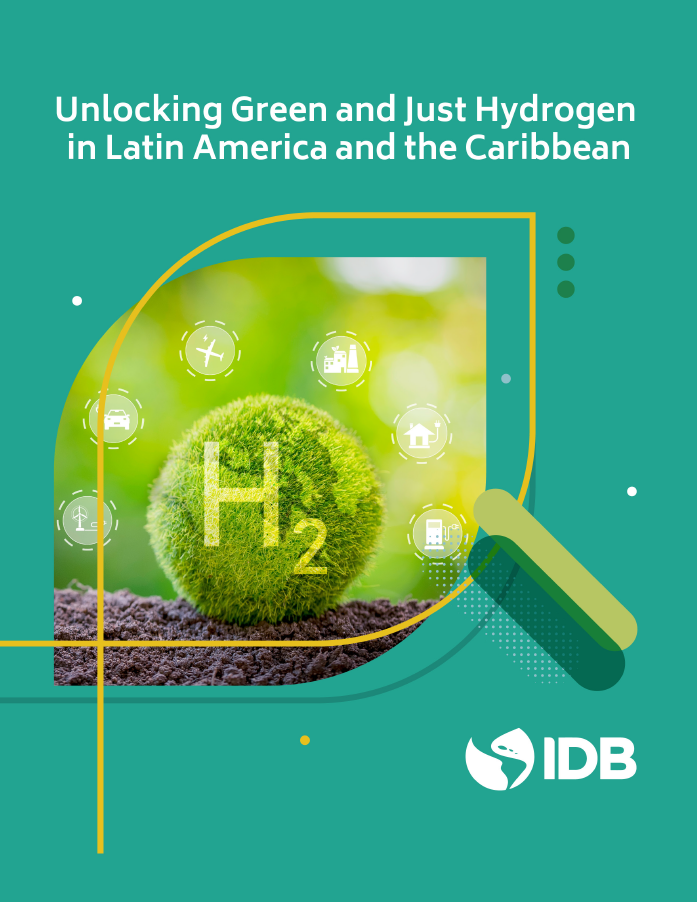A combination of FCEVs (Fuel Cell Electric Vehicles) and CEVs (Catenary Electric vehicles) can best pave the way for drastic emissions reductions in the heavy-duty long-haul truck sector. This is the main insight of the latest report jointly delivered by Hinicio and LBST to the Tuck Foundation’s Future of Energy program entitled “Techno-economy & Environmental Performance Comparison of GHG-neutral Fuels & Drivetrains for Heavy Duty Trucks”. Heavy duty trucks are responsible for 22% of CO2 emissions from road transport in France while they only represent less than 2% of the total fleet (500 000 heavy duty trucks compared to 30M passenger cars). The first policies targeting fuel efficiency of HDVs will be implemented after 2020.
The study compared Diesel, CNG/LNG, zero-carbon fuels (Power-to-Diesel & Power-to-CNG/LNG). Hydrogen fuel cell (FCEV), and catenary (CEV) powered heavy-duty trucks with regards to their environmental and technoeconomic performances for France, including renewable fuel import from MENA region as an alternative. In the mid-to-long-term, hydrogen FCEVs and Battery CEV clearly stand out as the most robust solutions in terms of costs, performances and environmental impacts (including both CO2and local pollutants). The study shows that hydrogen FCEVs are to be a universal and flexible solution, while Battery-CEVappears to be a very relevant option for point-to-point transport. Other e-fuel alternative routes can provide close-to-zero GHG emissions (based on renewable and low-carbon electricity), at a similar long-term cost, but cannot deliver zero-emission for local pollutants.
Between 2020 and 2025, deployment should focus on the largest fleet operators to immediately achieve economies of scale across the entire value chain, unlock rapid costs reductions to further accelerate deployment in a virtuous self-reinforcing feedback loop. In a second stage between 2025 and 2030, smaller fleets could possibly follow through leveraging the existing infrastructure already deployed.
On the policy side a stable and supportive policy framework is needed to encourage the appropriate level of private investments and achieve a rapid scale-up. The initial trigger will have to come from market pull regulation measures such as included in the RED 2, the Eurovignette directive or fuel efficiency standards. However, in the initial deployment phase as FCEVs and CEVs tractors remain more expensive than conventional technologies, market push instruments (e.g. subsidies, soft loans, etc.) will be needed to incentivise fleet operators to make the switch, combined with specific instruments to de-risk infrastructure investments (e.g. insurance instruments for “take-or-pay” payments, etc.). As costs reductions start to kick in, subsidies will need to be gradually phased out and replaced by market-oriented incentives, such as a CO2 tax, to bridge the potential remaining TCO gap with conventional technologies.
Downloadable report and presentation here.







